Escolta Warriors: Young People Fight for Philippine Cultural Heritage
The task of reviving Escolta as a historically significant district of Manila has been a big question in recent months. Interest has been increasing in this area since major heritage and historical issues have been raised with (most notably) the El Hogar building, which has its fate inevitably intertwined with the street and the people who work to protect it.
There have been issues regarding jurisdiction with the Metro Manila Development Agency expressing interest in helping fast track the development. This gave negative impressions to the city hall and (Former President) Mayor ERAP. HCS-Youth Representative Lem Leal Santiago told me in an interview that the issue of jurisdiction should not be the focus of the whole effort. The only agenda is the revival of Escolta, “ultimately, it’s the people and the whole country that should benefit from heritage sites like this”.
What exactly is Escolta? What’s the history behind this street beside Pasig river that merits the kind of response from heritage conservationists? That is a valid question by young people especially those who have not seen the grand days of Manila in the 1930’, 40’s 50’s up to 1960’s.
Those were days of the old Manila. After the devastation made by the war, the Philippines easily got back to its feet with trade and a booming economy, Manila become the hub of southeast Asian trade. Of course, the former Romanesque traditions of the Spanish colonial era were slowly replaced by more modern American inspired architectural style. Cultural traditions molded and combined in Manila to become a very sophisticated and progressive style that was adopted and expressed in the streets and architectural styles of Escolta.
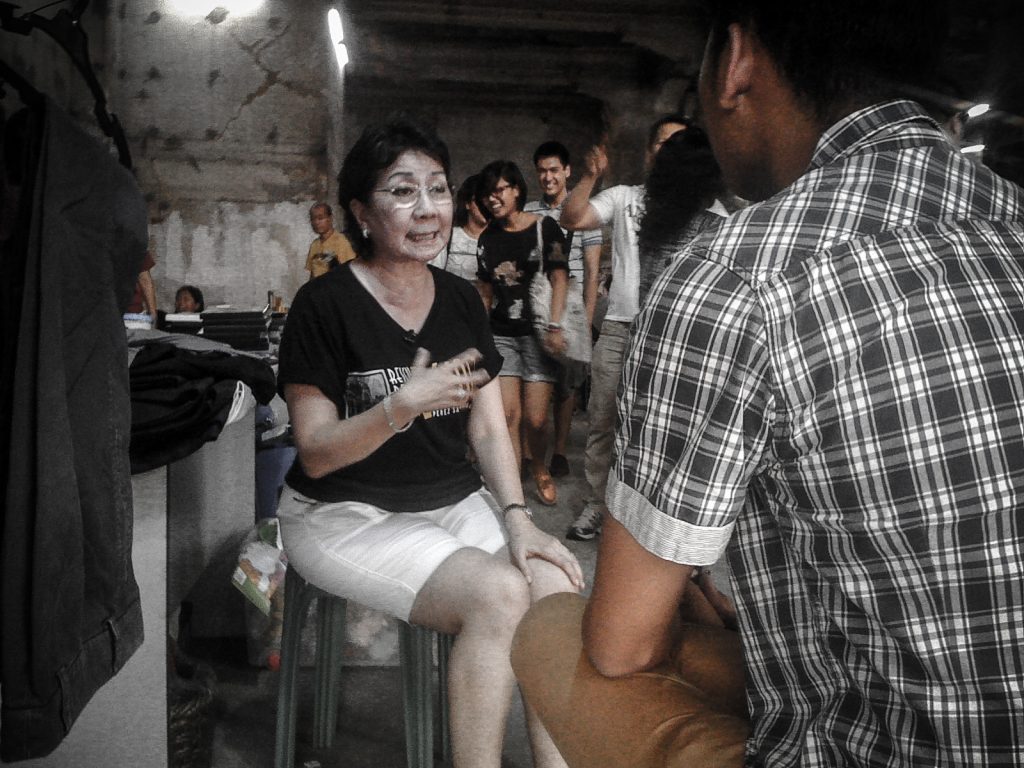
Ms. Lorraine Sylianteng, one of the administrators of the First United (Perez Samanillo) Building and head of the secretariat of the Escolta Commercial Association Inc.
History
Escolta started its roots in 1594, few years after the formal establishment of the city by Miguel Lopez de Legazpi and became the major center of global trade and commerce for three centuries.It was the birthplace of notable “firsts” in Philippine history during the late 19th century, including the first ice cream parlor (Clarke’s), first drug store (Botica Boie) and the first movie house (Salon de Pertierra).
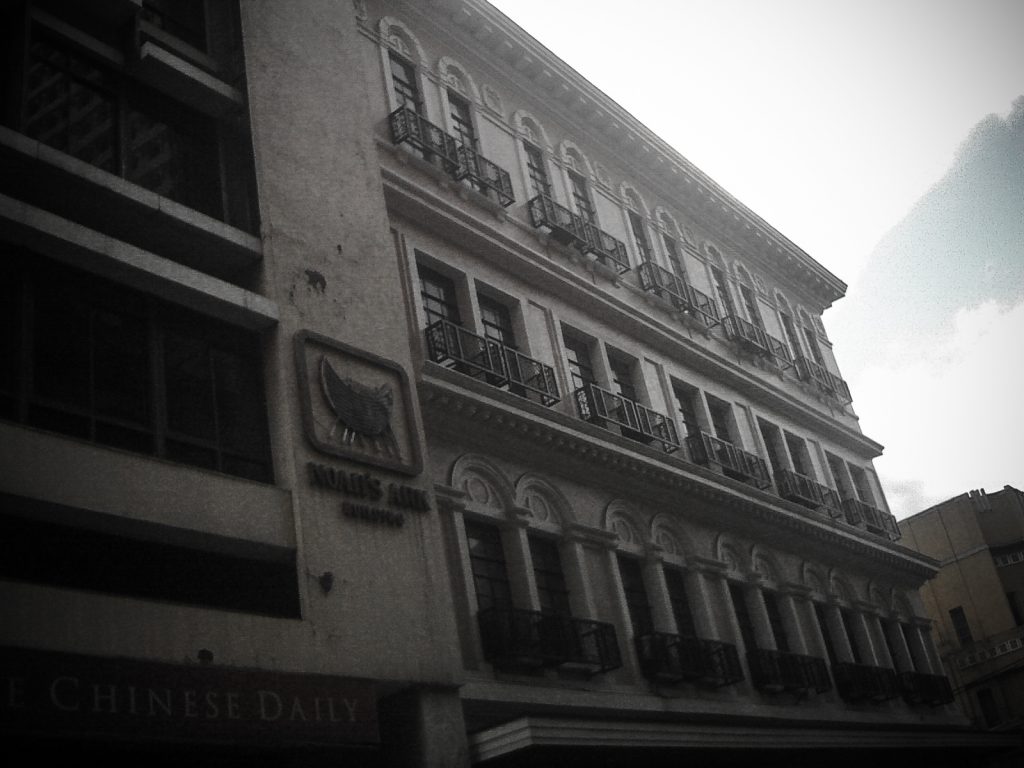
The Noah’s Ark Building (left) was the site of Botica Boie, the first and largest drug store in the Philippines during the 19th century. The Natividad Building (now TEOFF Center, right) was the office of the Insurance Commission before the war.
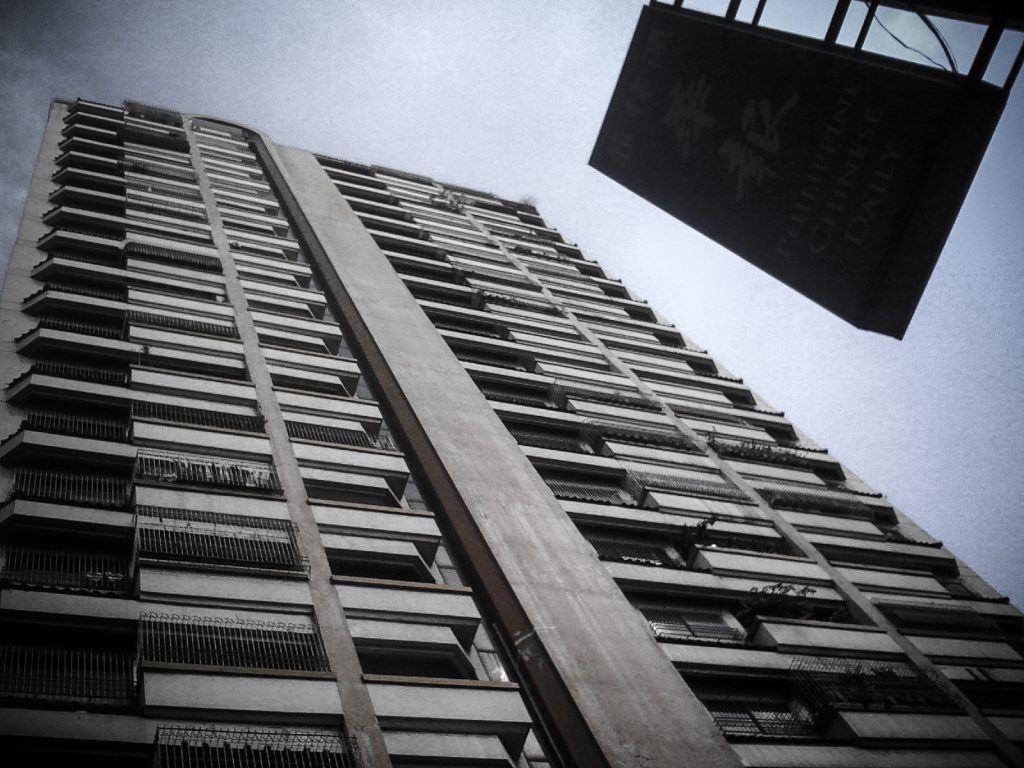
The Escolta Twin Towers was used to be the site of the old Masonic Temple, the first headquarters of the Philippine National Bank when it started its operations in 1916.
The Calvo Building is one of the most noticeable buildings at Escolta. Inaugurated in 1938, Calvo was the birthplace of Republic Broadcasting System’s radio station dzBB owned by Robert “Uncle Bob” Stewart in 1950. RBS is today’s GMA Network, one of the biggest media networks in the country and dzBB remains to be the network’s flagship AM station
When the United States invaded the Philippines, the American forces saw the potential of Escolta as a full-fledged commercial district of their colonial government. From wood houses, business establishments started to renovate their edifices into stone buildings that showcase finest architectural and engineering technology in the country.
The Capitol Theater was one of the first modern movie houses in Manila. It is considered one of the few remaining models of Filipino architecture today, because of the most prominent people in infrastructure development during the American period (national artist Juan Nakpil and Francesco Monti) made this building.
The abandoned PNB headquarters where the Crystal Arcade was situated. Crystal Arcade was the first high-end shopping center (we call it mall today) in Manila. Designed by Juan Luna’s son, Andres Luna de San Pedro (who also designed Perez Samanillo at Regina buildings), Crystal Arcade was home to the Manila Stock Exchange, the precursor of today’s Philippine Stock Exchange. Like other buildings at Escolta, the Crystal Arcade was severely damaged during the Battle for Manila in 1945 and was neglected for many years.
In the early sixties, the PNB decided to leave the old Masonic Temple and constructed a high-rise building at the site of the Masonic Temple. The new PNB headquarters was inaugurated in 1966. In the early 1990s, PNB left Escolta to transfer into another office in Makati.
The lot where the old PNB building stands became a property of the city government of Manila and in 1995, Mayor Alfredo Lim converted the building into a school where the City College of Manila (now Universidad de Manila) started its operations. CCM occupied the building for more than a decade until it was finally closed due to structural defects in some parts of the building.
Currently, the entire building was closed, except for the ground floor where the office of World War II veterans’ sons and daughters association is located.
Two of the first modern movie houses (Lyric and Capitol theaters) and the first modern shopping center (Crystal Arcade) were situated at Escolta. kzRH, the country’s fourth and the only remaining pre-war radio station started airing on the top floor of H.E. Heacocks Building where the Syvel’s Building is currently located. Burke Building installed the first elevator manufactured by Otis.
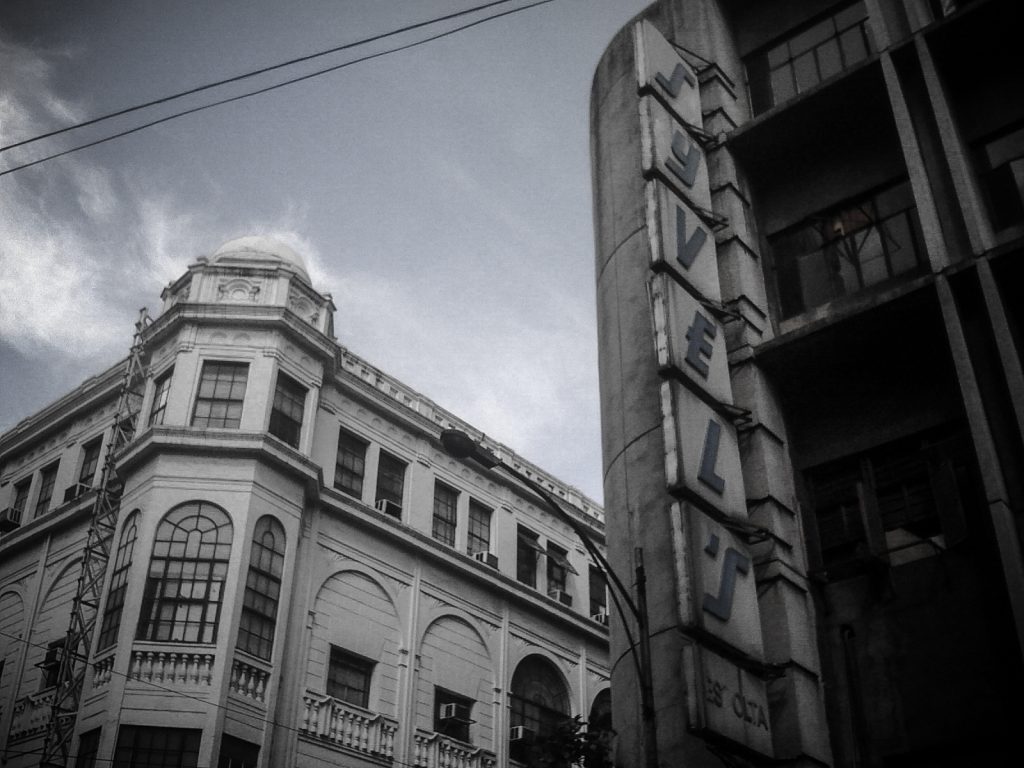
The Regina Building (left) and the abandoned building of then-famous Syvel’s Department Store (right).
The site of Syvel’s was where the H. E. Heacocks Building situated. Considered one of the most modern buildings in Manila, H. E. Heacocks Building was the birthplace of kzRH, the Philippines’ fourth radio station in 1939. Heacocks Building was one of the buildings that destroyed severely during the Battle for Manila in 1945.
Aside from being the business capital, Escolta was also known for top-of-the-line stores where the latest trends from dress, jewelries, fashion accessories and the likes were all located here. All of these factors combined made Escolta the Philippines premiere Buisiness district.
Escolta continued its business operation when Japanese forces occupied Manila until the Battle for Manila occurred in 1945. The district was not spared from the bloody battle and most of the magnificent buildings here were severely destroyed.
Escolta continued its function in the business industry, but most of the establishment, especially financial institutions started to transfer in spacious offices outside Manila like Makati and Quezon City in the 1970s.
The Power of Art
The end of 20th century and the start of the 21th century became the “dead” era of Escolta until art enthusiasts and heritage conservation advocates saw the district’s hidden beauty and its potential in arts and tourism industry. In 2012, 98B COLLABoratory started its very first Saturday Future Market at the former of site of then-famous Bergs Department Store at the ground floor of the First United Building. The Saturday Future Market gained interest from different sectors and from the media, thus, became a regular activity at Escolta.
Along with 98B was the Heritage Conservation Society Youth (HCS-Youth), a group of young people who wants to create awareness with the plight of various heritage sites and structures. HCS-Youth organized an event called “Escoltara” where they tour people to Escolta and tell them the history of different significant buildings within and around the vicinity.
In 2014, the advocacy of reviving the Escolta has reached the next level when the HCS-Youth offered to help the Escolta Commercial Association Inc. (ECAI), a group of property and business owners within the district, in reinforcing awareness campaign especially in using the power of social media and the Internet.
HCS-Youth conducts tours in different heritage sites within Manila and organizes seminars about appreciation of Philippine history through heritage preservation. Aside from extensive awareness, the HCS-Youth’s advocacy is to empower the youth in protecting our history and involve them in different activities concerning heritage conservation and protection.
The Future of Escolta
Escolta is facing huge challenges in terms of modernization. Since the district was one of those neglected areas in Manila, the Escolta neighborhood are having a hard time to coordinate to public utilities (Meralco, Maynilad, PLDT and cable companies) in improving their facilities. Also, there are condemned spots in Escolta that the city needs to address in order to adjust to physical improvement and development like sidewalks, street lights, street signs, lack of barangay security, issues in parking and vagrancy. All of these are being addressed by the private sector using the resources that they have to revive Escolta.
The HCS-Youth is maximizing the power of Internet and social media. These channels help us to extend awareness to our fellow youth, since the online community is comprised mostly by age under 15-35. Those platforms become an effective means to address issues and receive suggestions that will help us to create solutions for the advocacy.
HCS-Y Rep. Lem then quips politely “I may be ambitious, but with all of these happening, I believe that Escolta will get the honor that she deserves. As the Manila’s Queen of All Streets, Escolta deserves to regain her glory in principle. We may not bring back the grandeur of buildings and establishments (since most of them were destroyed by war and neglect) but as a Manileno, I am excited to see the future of Escolta as one of the model communities of art, culture and modernity in Manila and in the Philippines. And this will become possible if the generation of concerned citizens and the government today will work hand-in-hand to return Escolta’s losing identity”.
Great changes starts with strong ambitions and these young warriors of the street are not backing down.
More articles on Escolta:
Escolta Market: Finding Vintage Mementos in the Heart of Manila
Escolta Saturday Market: Oldies But Goodies


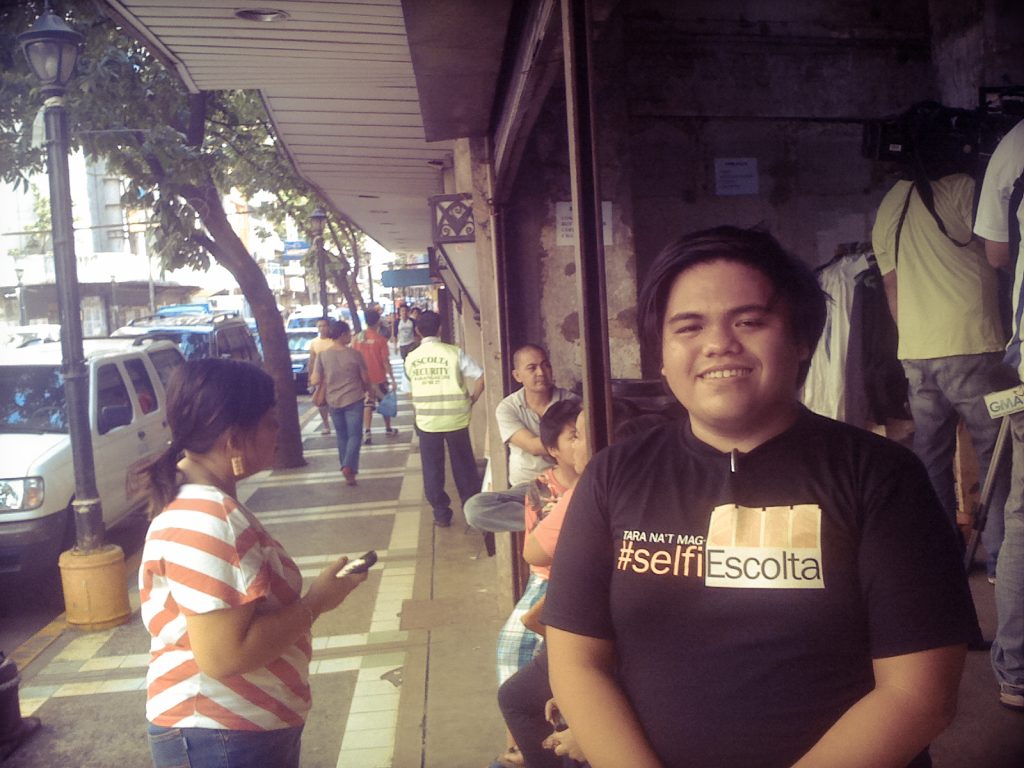
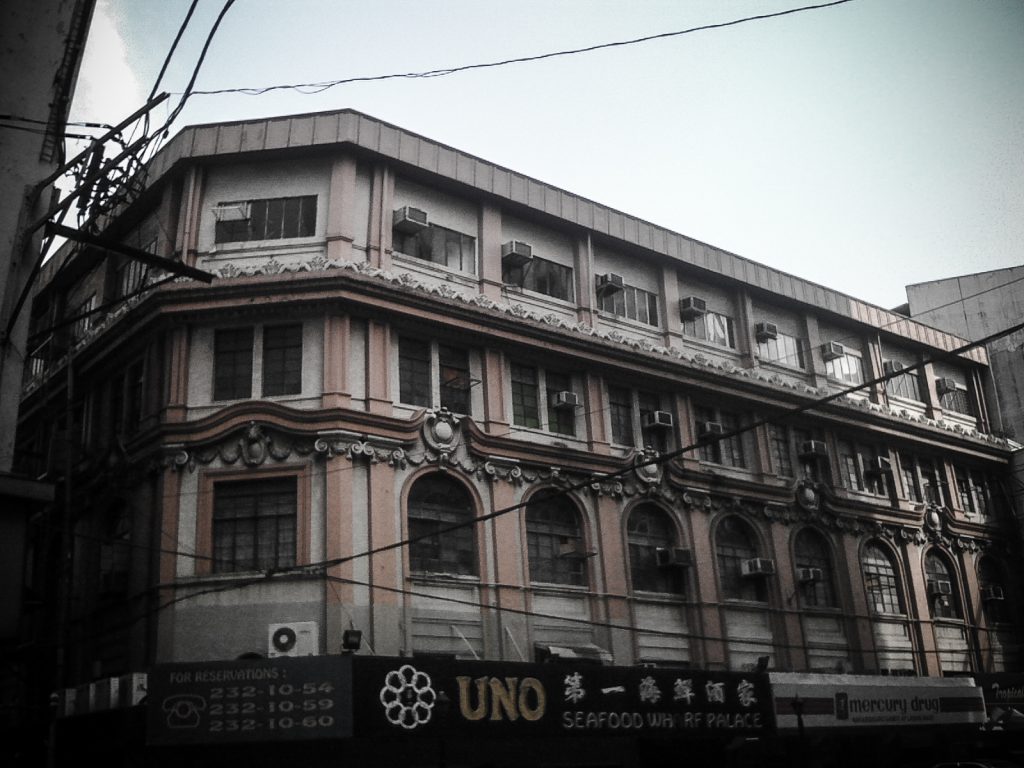
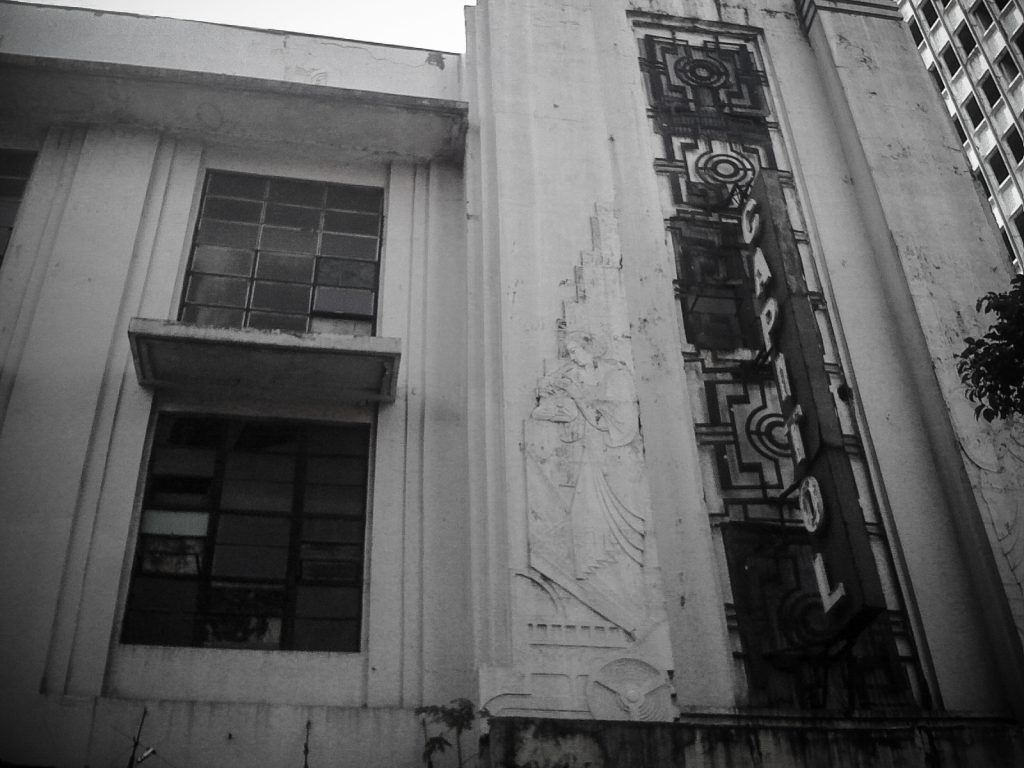
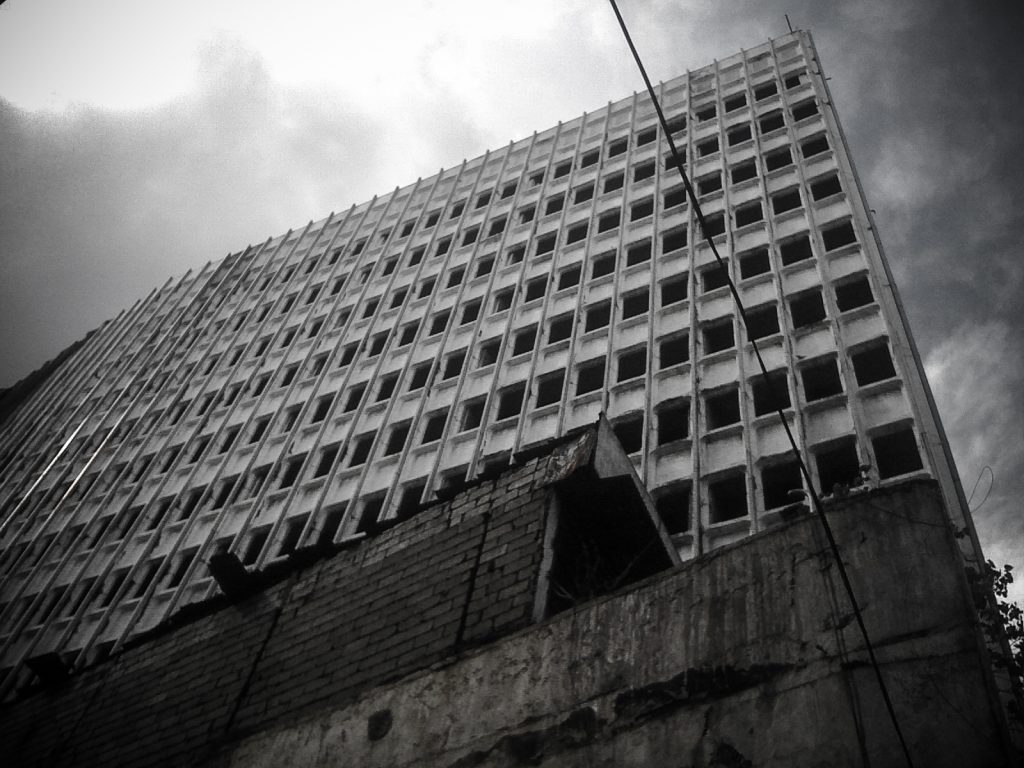
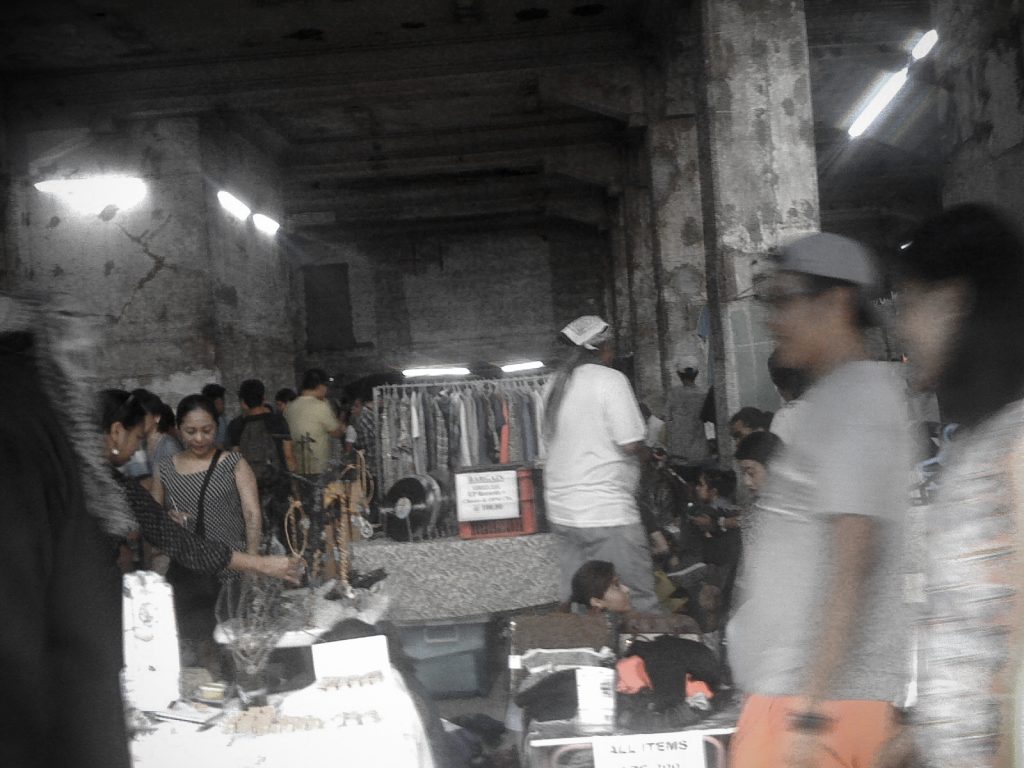
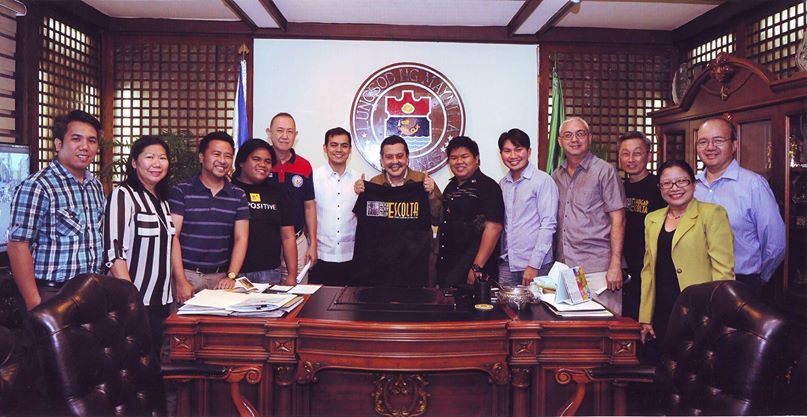






Very nice article. Could you give me the contact number or email of who to talk to for an interview regarding the Escolta campaign? Would like very much to do a feature on them. Thank you.
I love #Escolta